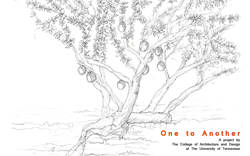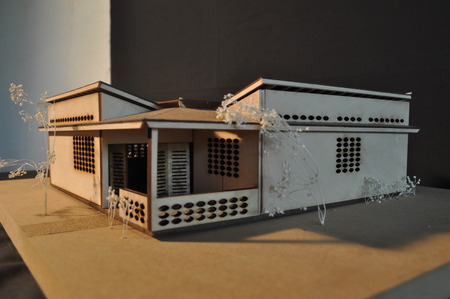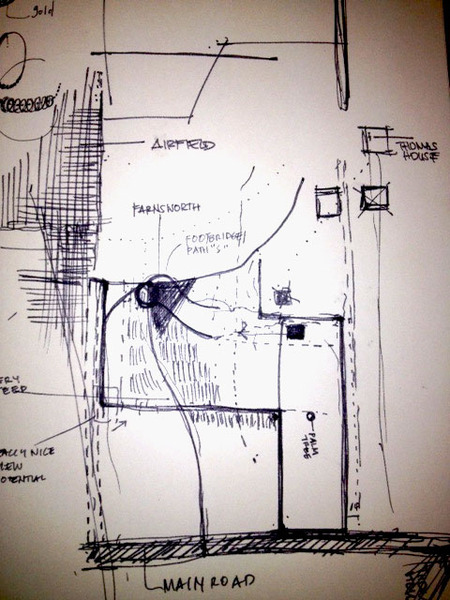 Sketch of the "Urban Alternative" site
Sketch of the "Urban Alternative" site
Our team has honed in on several key issues that are necessary for a successful and fulfilling project. Each issue will hopefully guide us to a total design. Each issue was forged from different sources. As a group, we seek to apply our knowledge gleaned from Jean and Joy Thomas, our observations of the Haitian people, and the work and insights of our fellow classmates.
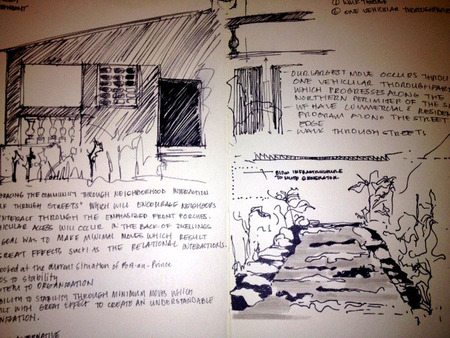 Sketches completed throughout trip
Sketches completed throughout trip
It is imperative that we bend our designs to suit the Thomas’s desires. Their insights are really the only insights we have into the nuances of Fond-de-Blanc. Without them we would not be in Haiti. They are also the leaders of that community. What they see fit should be staunchly acknowledged. The community of Fond-le-Blanc is already seen throughout Haiti as the destination. It has successfully led a program to plant millions of trees where other regions have failed. It has accommodated many earthquake refugees without interference. It has been and will continue to lead Haiti so long as John and Joy are at the leadership helm. While our design must satisfy our own exacting standards, it is perhaps more important that the design cater to our guide’s initiatives.
We saw how the Haitian community at Fond-de-Blanc lived through a visitor’s lens. We cannot and will not claim to understand everything we saw. And we only saw a portion of Fond-des-Blanc. Learning and interpreting from the best of our observations is really the activity of paramount importance. Everything we saw was important, but there is a hierarchy that we must ascertain as we sift through all the new and exciting sights. “Should we consider safety, or running water more of a priority?” we may have asked before departing from America. The answer is still up to contention but we should continue to challenge our preconceived notions against actual observations. These observations will be the driver of a total design.
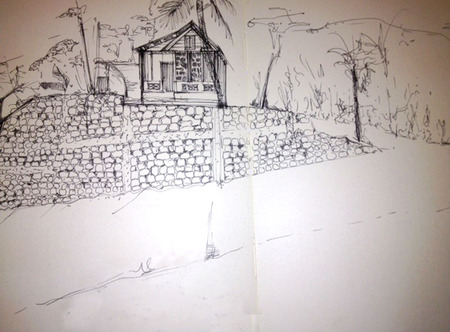 Home in Fond-des-Blancs
Home in Fond-des-Blancs
Our fellow classmates all made compelling arguments regarding their group’s designs. Our group needs to learn from them. Furthermore, our group should collaborate with the others in an effort to cut the fat and maintain the strengths. When combined they will surely compose a mutual design much stronger than an individual effort. Each group will surely attempt to incorporate their observations, and who knows, maybe they were looking at something else than we were. Using one another will be of increasing benefit as we seek to pare down this project into one sleek venture.
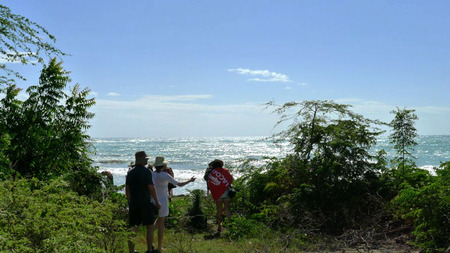
We cannot wait to return to Fond-des-Blancs!
 Monday, May 7, 2012 at 8:01PM
Monday, May 7, 2012 at 8:01PM 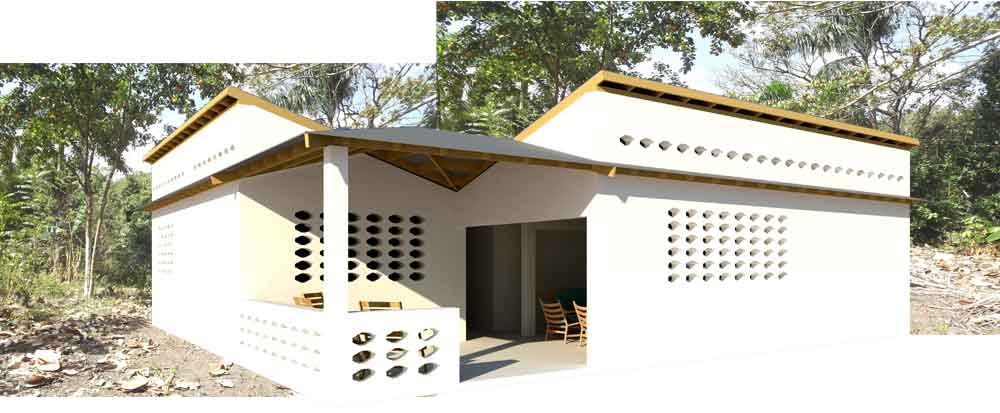
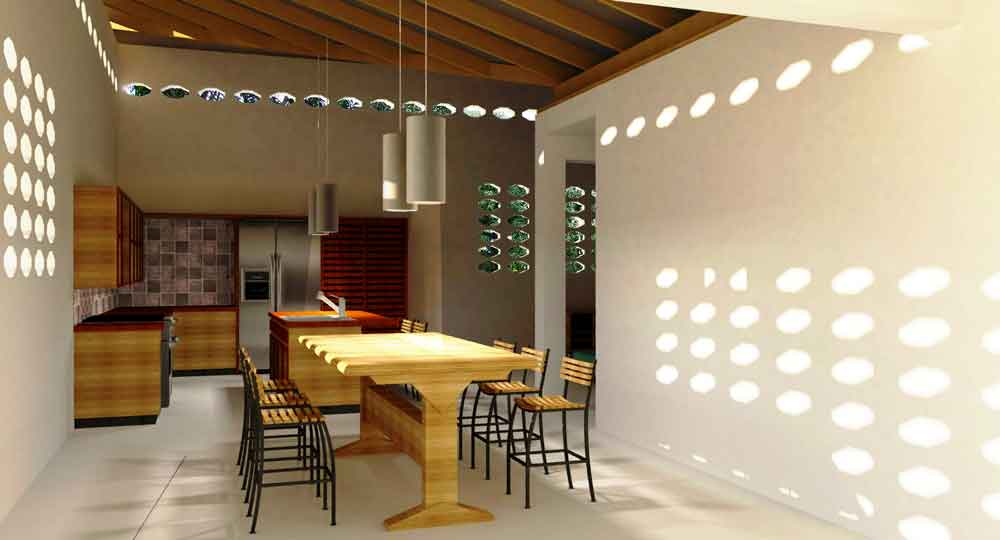
 design,
design,  teachers' house in
teachers' house in  Dani Collins,
Dani Collins,  Leslie Hood,
Leslie Hood,  Peter Duke
Peter Duke 
